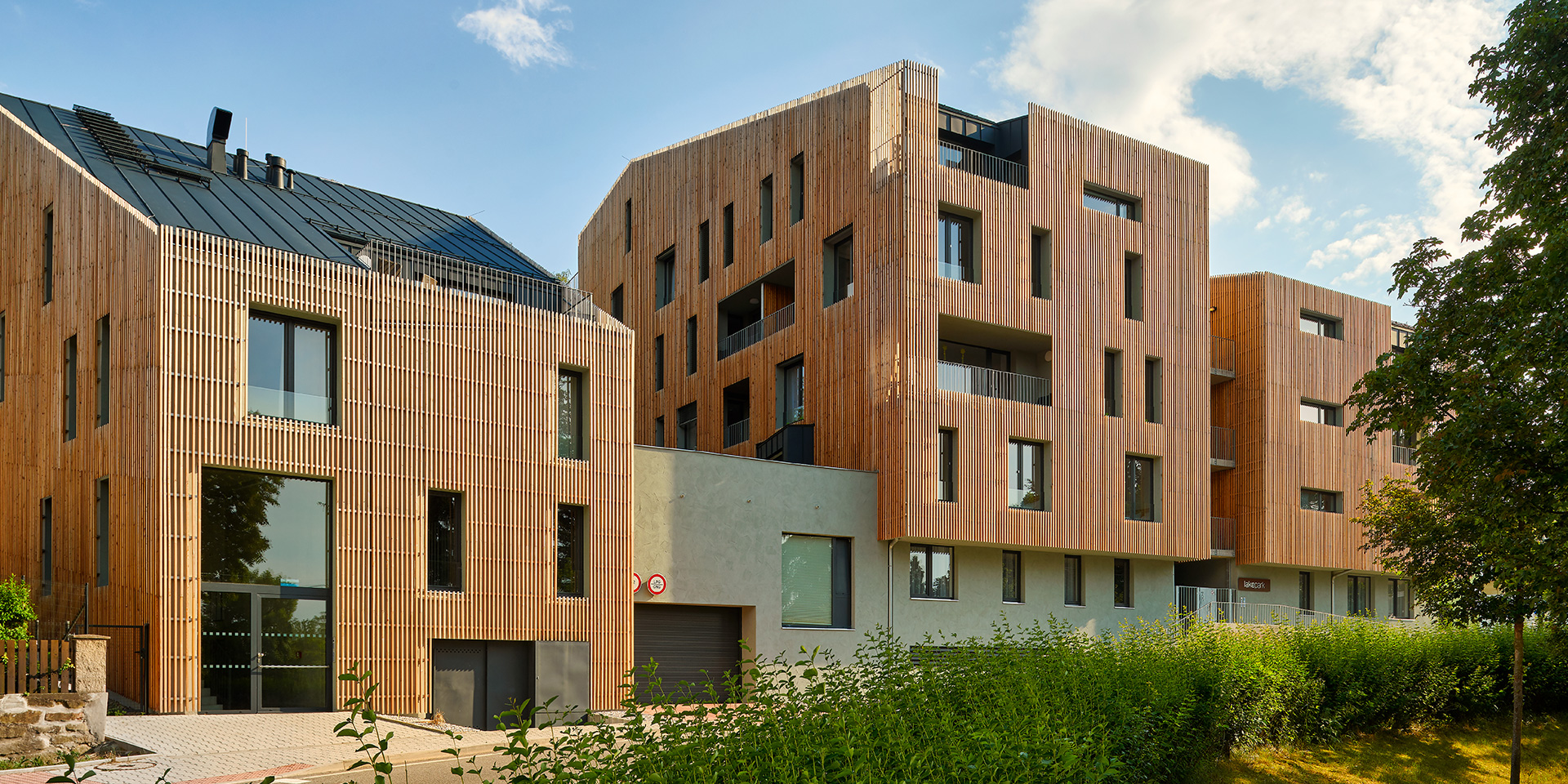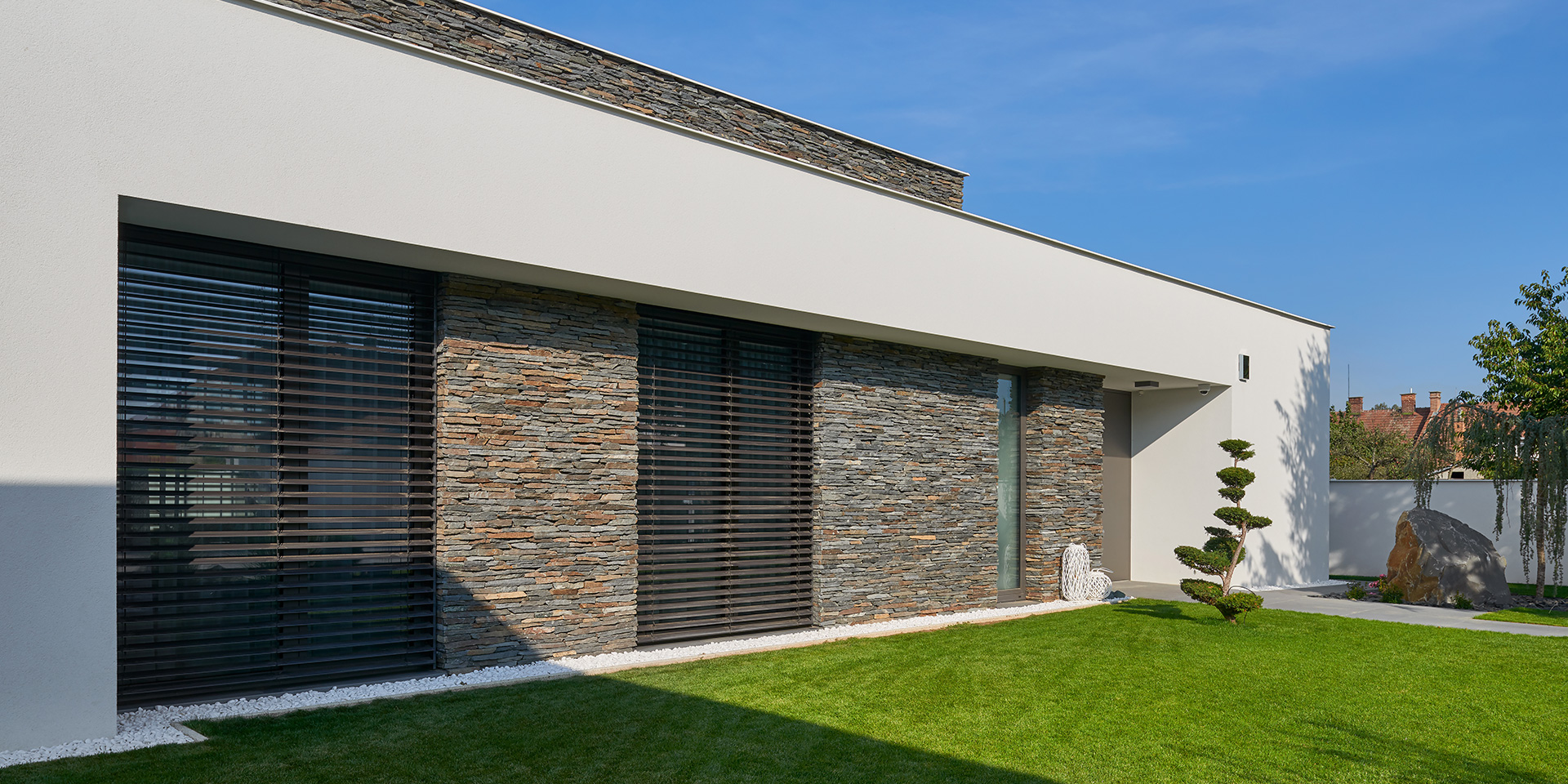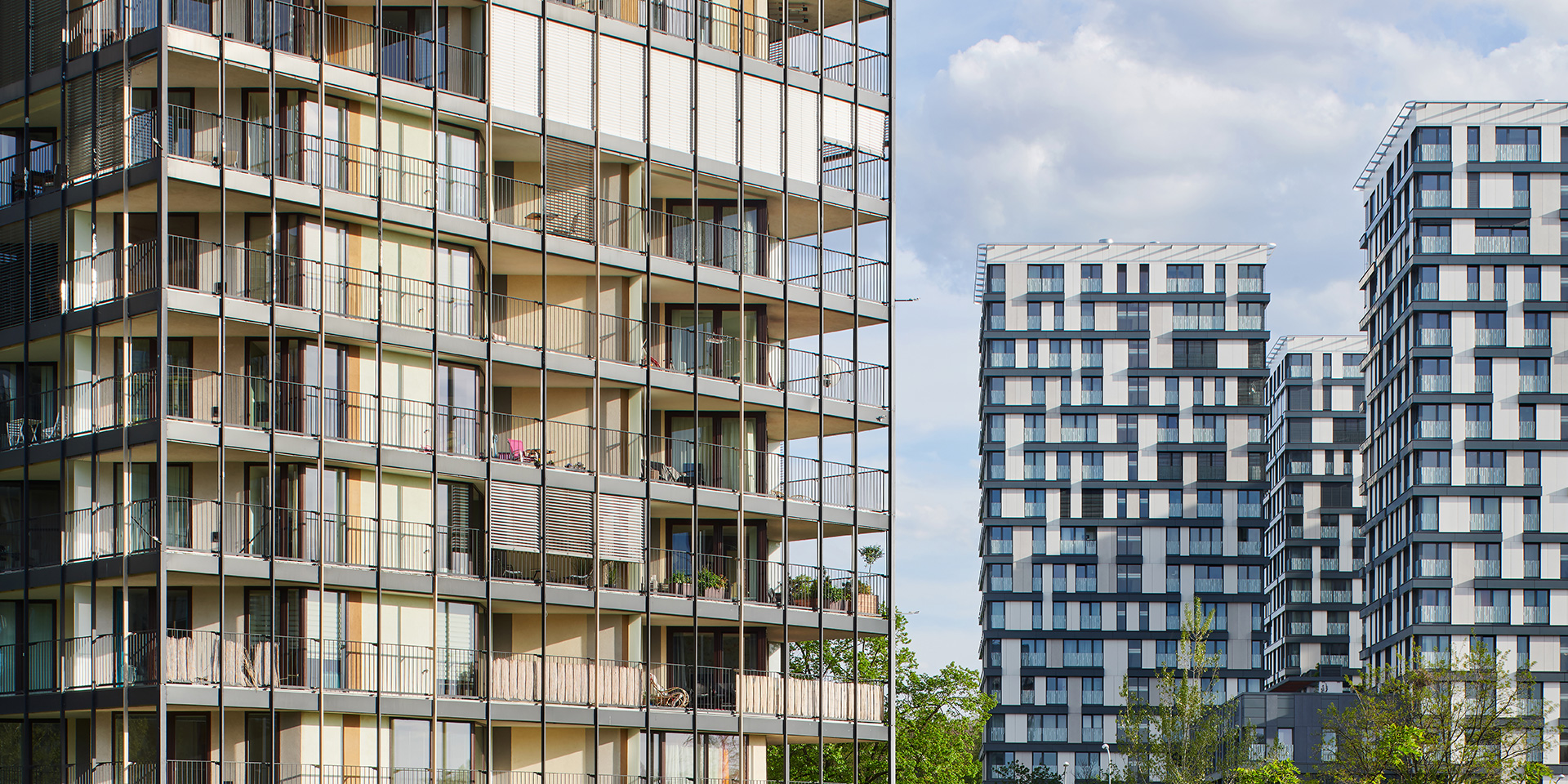From cranks to smart homes: learn all the types of external blind controls
With the development of technologies, there are new options to control external blinds, and even though smart home technology is experiencing its golden years, there are still customers who prefer mechanical control. That is why we present all means of external sun shading, from the good old stuff to the latest gadgets.
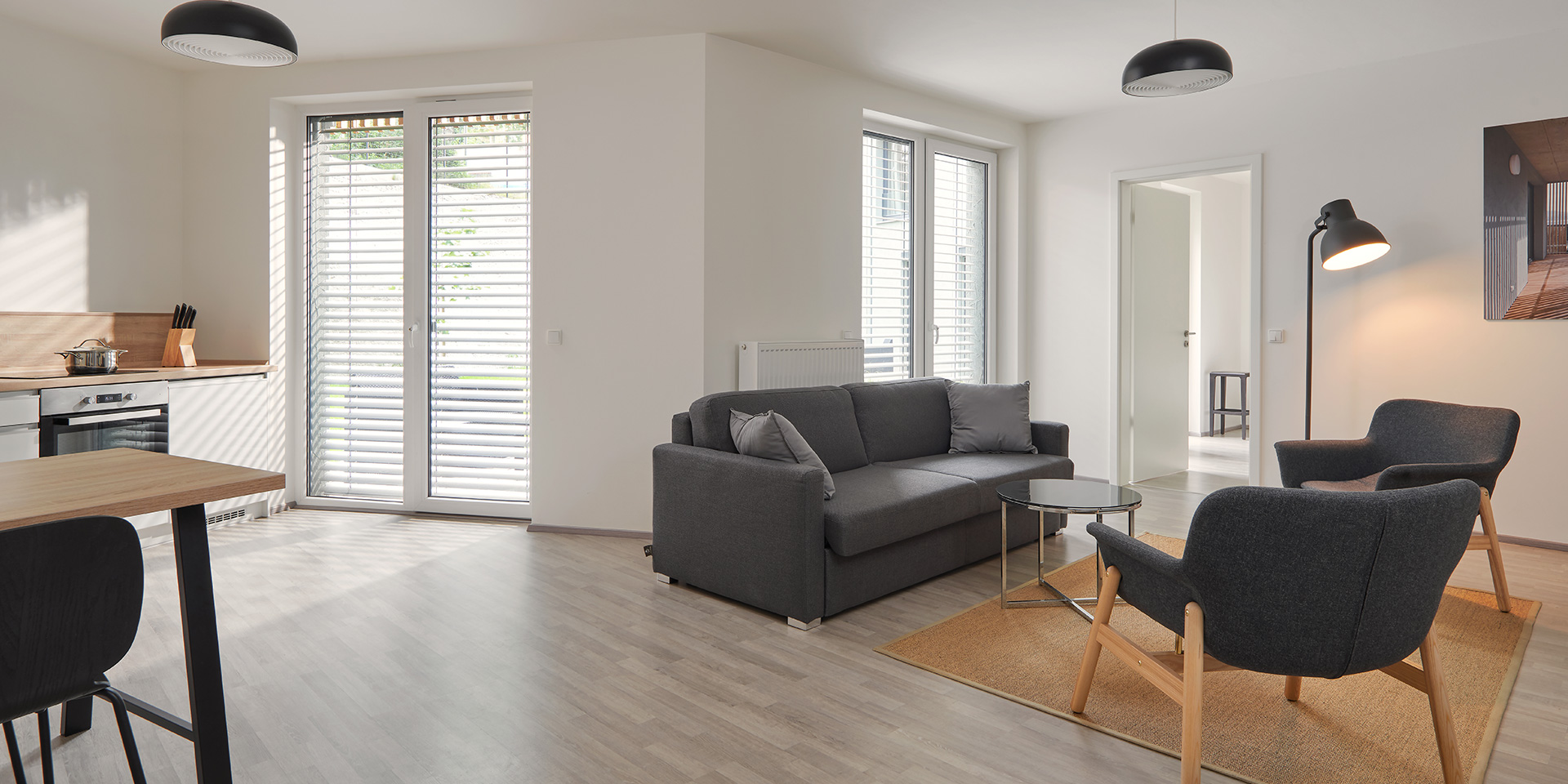
Manual controls a.k.a. the handiwork
The basic type of external blind controls consists of a crank and a simple gear system. Turn the crank to pull the blind up or drop it down. Even today, crank controls are a suitable solution for places that cannot be connected to the electricity or rooms where electrical controls don’t make much sense, e.g. laundry rooms or workshops. The disadvantage is that the crank requires intervening in the window frame, which actually discourages quite a few customers. Moreover, the crank requires some space on the window frame.
Another mechanical control method is via cords with brakes. Cords are most often used for smaller and lighter blinds and are typical for interior blinds.
The big disadvantage of mechanical controls is that each blind needs to be controlled separately, while the advantage is the low cost.
Electric motors a.k.a. buttons and controllers
Motors are the next evolution phase of blind controls. Once installed at the top of the blinds above the packet, they are connected to a wall-mounted button or the manufacturer may provide a remote control for them and you can control them from the comfort of your couch like you would a TV.
Thanks to the buttons, you simply need to press or hold a button instead of turning a crank. The controllers can also be easily connected to multiple blinds at the same time, meaning you can pull them up or drop them down all at once with a single button. A typical controller lets you choose between controlling all blinds at once or individually.

Blind remote controls look similar to TV remote controls but are simpler and more intuitive. For example, the Loxone Remote Air control only has 5 buttons.
The electric motors can also be connected to various sensors and switches. For example, wind and sun sensors can be used to control the blinds automatically based on the weather. They can be dropped if the sun is shining too intensely during summer or pulled up during winter. This way, they can help maintain the ideal temperature within the house, reducing A/C energy costs. Sensors can also respond to air, e.g., by pulling them up during rain or hail storms in order to prevent damage. Then there are time switches, which are used to pull the blinds up or drop them down at certain times set by you.
A precursor to Smart Homes, motorized external blinds can come in handy if you want an easy way to control the blinds but don’t wont to connect them with the smart house controls.
Motorized blinds controlled by buttons or remote controls are very cost-effective and suitable for flats, offices or residential houses where there is not yet interest in implementation of the smart home system.
>> Take a look at the differences between individual motor types. <<
Automation – smart homes
With Smart Home, you can control the blinds as well as the lights, roller blinds, your pool or garage door. The blinds are fitted with electric motors, which in this case are connected to the home control unit. You can access the control unit via your smart phone, tablet or computer.
This means you don’t have to be at home to control your blinds (or other electronics in your home) – you can do it from literally anywhere. For example, you can pull up your blinds when leaving work so that sun has already warmed your living room up when you arrive home.
And it wouldn’t be Smart Home if the blinds couldn’t be controlled via preset scenarios.
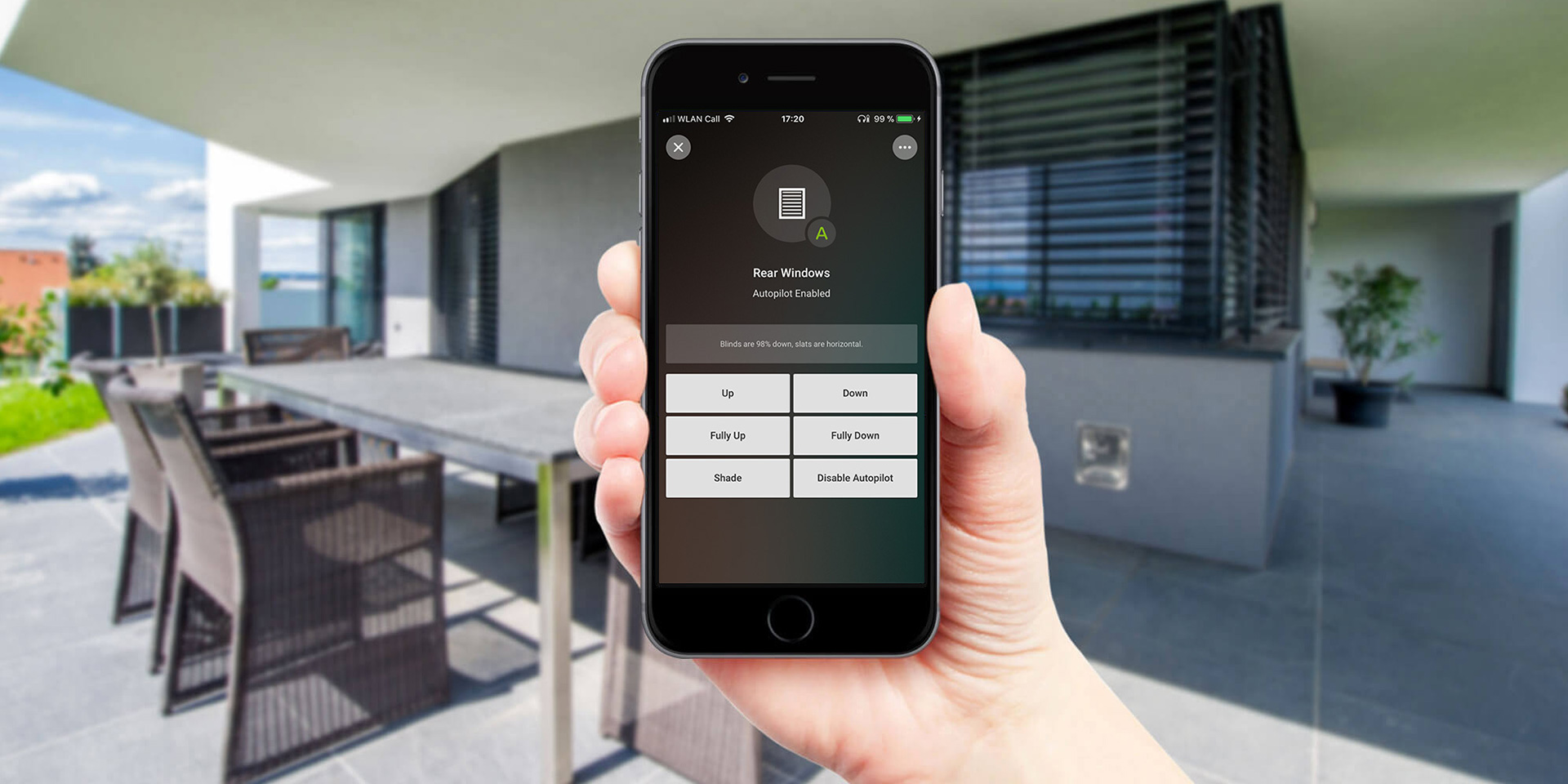
Thanks to mobile apps such as Loxone Smart Home App, you can control the blinds in your home from the other side of the planet if need be.
Modern smart home systems are so advanced that they can control the blinds for you, but also the heating, ventilation, security and other parts of your home. All the devices in your home are controlled via one mini-server, similar to the entire human nervous system being controlled by the brain.
Additionally, the system collects data about its operation, which you can use to alter individual scenarios, e.g., based on when you come home or get up. This means that the high-level automation of Smart Home is a good way to save a lot of time and money.
Find out more about the possibilities of smart homes and select a solution from our portfolio.

